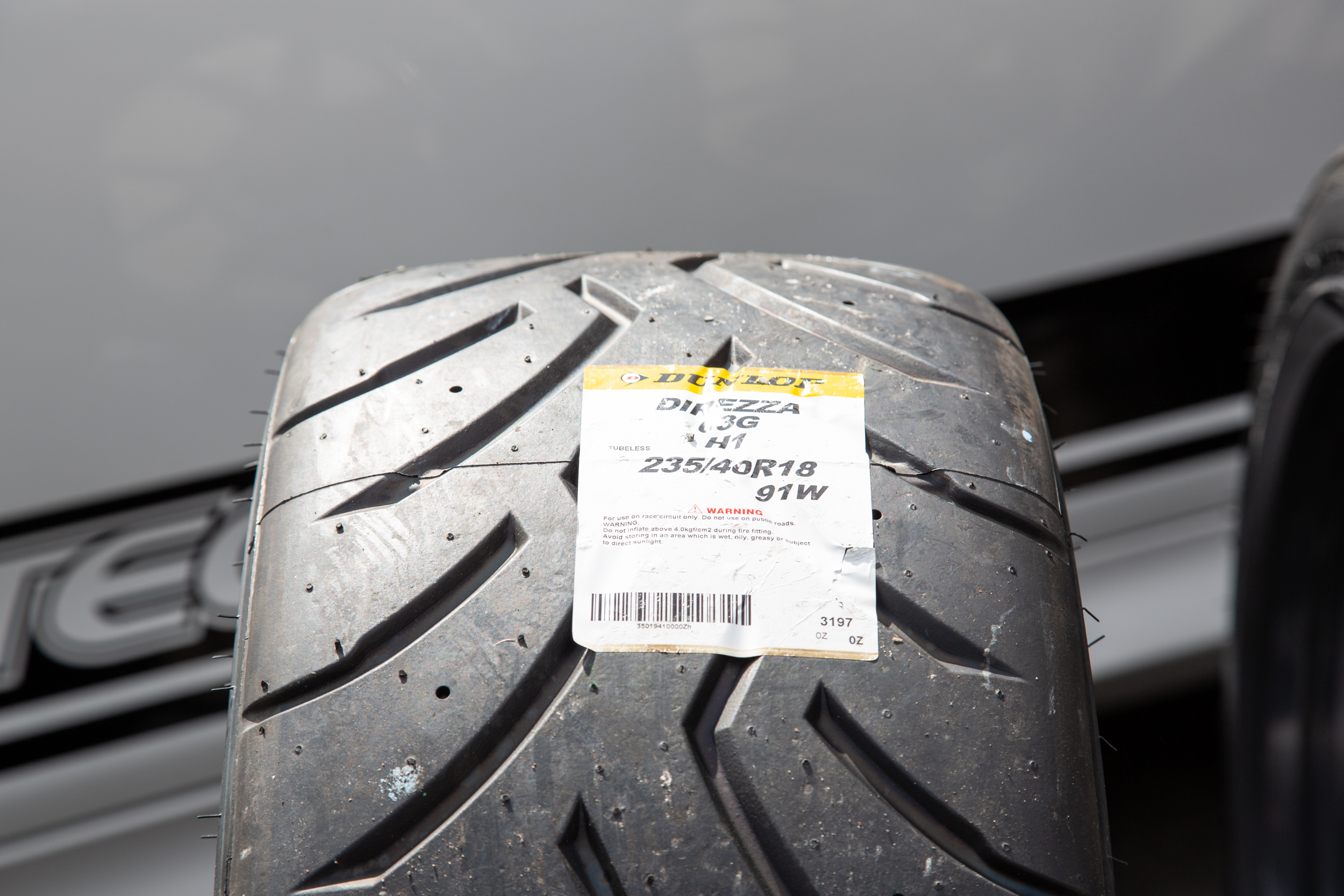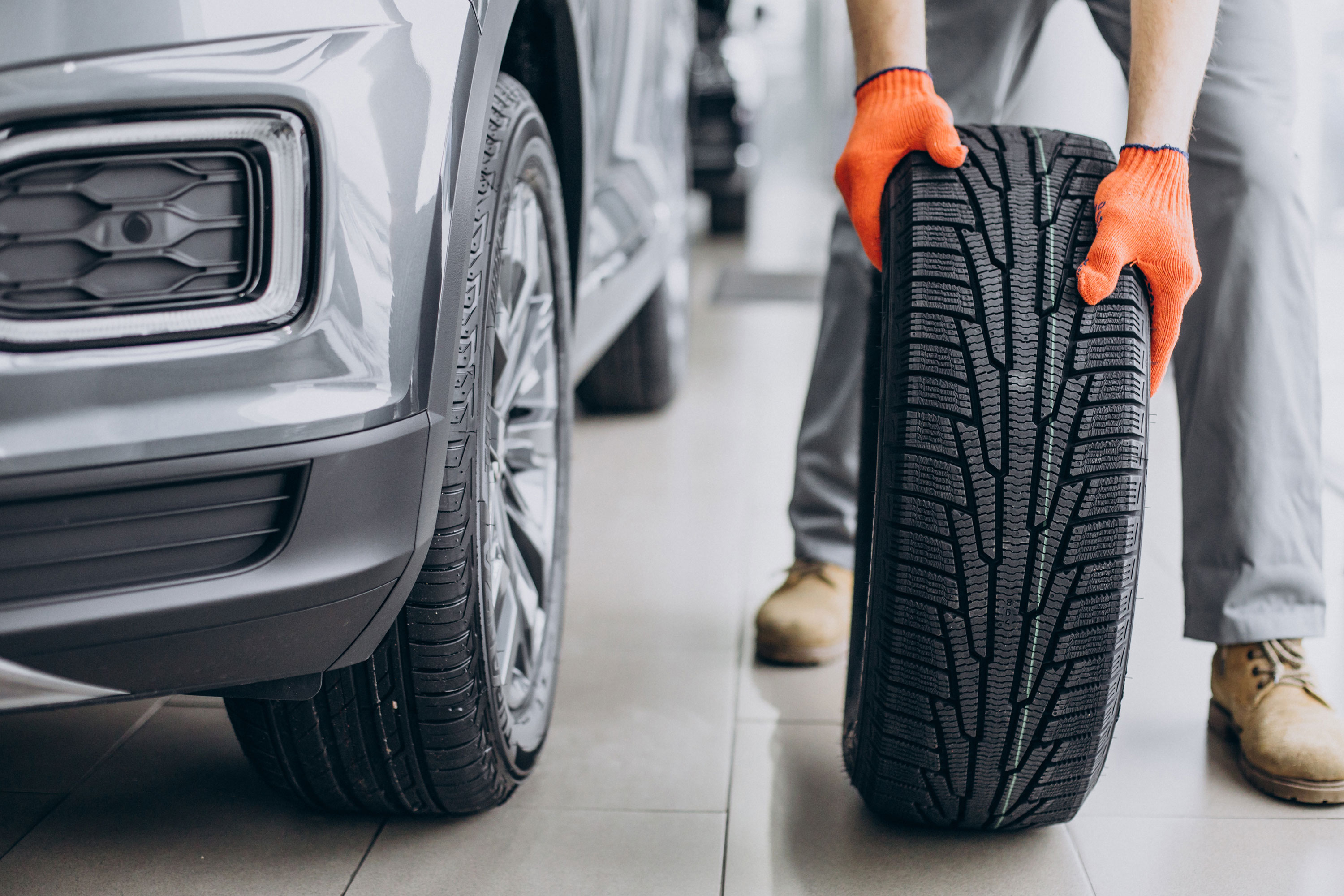All Categories
Featured
Table of Contents
The Michelin supplied a comfortable driving experience, characterised by receptive guiding and a progressive understeer equilibrium. Regardless of the cooler testing problems, Michelin's consistent time and grasp over 3 laps shows its viability for real-world applications.
An additional noteworthy facet was Yokohama's warm-up time. The tyre's initial lap was a second slower than the 2nd, indicating a temperature-related grip increase. This suggests the Yokohama could beam in dry, race-like conditions. For everyday use, the Michelin could be a more secure wager. Next in line was the Hankook.
Best Tyre Tuning Near Me
It shared Michelin's safe understeer balance yet lacked the latter's desire to transform. Continental and Goodyear's efficiencies were significant, with Continental's brand-new PremiumContact 7 revealing a substantial improvement in damp problems contrasted to its predecessor, the PC6. This design was far less sensitive to load modifications and acted just like the Michelin, albeit with somewhat much less interaction at the limitation.
It incorporated the secure understeer balance of the Michelin and Continental with some sporty handling, confirming both predictable and fast. As an all-rounder for this Golf GTI, Goodyear's Uneven array was the standout, showing outstanding efficiency in the wet. The Bridgestone Potenza Sporting activity took the crown as the fastest tyre, albeit by a tiny margin.
This tire obtained grippier as it warmed up, comparable to the Yokohama. Vehicle drivers looking for an interesting wet drive could discover this tire worth thinking about. The standout entertainer in wet braking was the most recent tyre on test, the PremiumContact 7, though the results are nuanced. We performed damp braking examinations in three different methods, twice at the brand-new state and when at the used state.
Tyre Packages Near Me – Wangara
Preferably, we desired the cold temperature examination to be at around 5-7C, yet logistical delays implied we tested with an ordinary air temperature of 8C and water at 12C. While this was cooler than basic examination problems, it was still warmer than real-world problems. The warm temperature test was done at a standard of 18C air and 19C water.
The 3rd run involved damp braking examinations on worn tires, particularly those machined down to 2mm with a tiny run-in. While we planned to do more with these used tyres, weather condition restrictions limited our testing. It's worth keeping in mind that wet braking is most critical at the worn state, as tires generally enhance in completely dry conditions as they wear.

Nevertheless, it shared the most substantial performance decline, along with the Yokohama, when worn. Bridgestone, Goodyear, and Michelin saw the least efficiency decrease when worn. Nonetheless, Bridgestone and Goodyear's performance dipped in cooler problems. The Hankook tire signed up the smallest performance drop as temperature levels cooled, yet it was amongst one of the most impacted when used.
Top Cost-effective Car Tyres Near Me
The take-home message here is that no solitary tire stood out in all elements of damp braking, indicating an intricate interplay of variables affecting tyre efficiency under various problems. There was a standout tyre in aquaplaning, the Continental ended up top in both straight and bent aquaplaning, with the Michelin and Goodyear additionally great in deeper water.

Yokohama can profit from a little more hold, an issue possibly influenced by the cooler conditions. When it comes to managing, all tyres performed within a 2% variety on the lap, showing their top notch performance (Tyre shop). Thinking about these tyres essentially target the exact same client, it's interesting to observe the considerable distinctions in feeling.
The surprise is due to the fact that the PremiumContact 6 was one of my favourites for flashy dry drives, but its follower, the PremiumContact 7, appears elder and resembles Michelin's performance. Amongst these, Hankook was the least precise in guiding and interaction at the limit. Performance tyres. Both Michelin and Continental supplied lovely preliminary steering, albeit not the fastest
If I were to suggest a tyre for a quick lap to an amateur, claim my dad, it would be just one of these. After that we have the 'enjoyable' tires, namely Yokohama and Bridgestone. Both were swift to guide and felt sportier than the others, however the compromise is a more lively back end, making them more tough to manage.
Discount Tyres Near Me
It offered comparable guiding to Bridgestone but provided much better feedback at the restriction and far better hold. The Bridgestone Potenza Sport, nevertheless, seemed to deteriorate fairly promptly after simply 3 laps on this demanding circuit. There's Goodyear, which placed itself someplace between the fun tyres and those tending towards understeer.
All in all, these tires are excellent performers. In terms of tire wear, the technique utilised in this examination is what the sector refers to as the 'gold requirement' of wear.
Both the Bridgestone and Yokohama tires considerably underperformed in comparison to the various other 4 tyres in regards to rolling resistance, with Continental slightly outshining the remainder. Concerning the comfort degree of the tyres, as prepared for, many demonstrated an inverse correlation with handling. The Continental, Michelin, and Goodyear tires carried out finest across different surface kinds tested.

Bridgestone started to show indicators of firmness, while Yokohama was specifically jarring over fractures. We did gauge interior noise degrees; nevertheless, as is typically the situation, the outcomes were very closely matched, and as a result of weather constraints, we were unable to perform a subjective evaluation of the tires sound. Finally, we looked at abrasion figures, which gauge the amount of tire tread lost per kilometre, normalised to a one-tonne vehicle.
Best Tyre Repair ( Wanneroo)
This figure stands for the amount of rubber dust your tyres create while driving. Michelin led in this group, producing over 9% much less rubber particulate matter.
Table of Contents
Latest Posts
Best Discount Tyres
Budget Car Tyres – Wangara
Honest Tyre Installation
More
Latest Posts
Best Discount Tyres
Budget Car Tyres – Wangara
Honest Tyre Installation